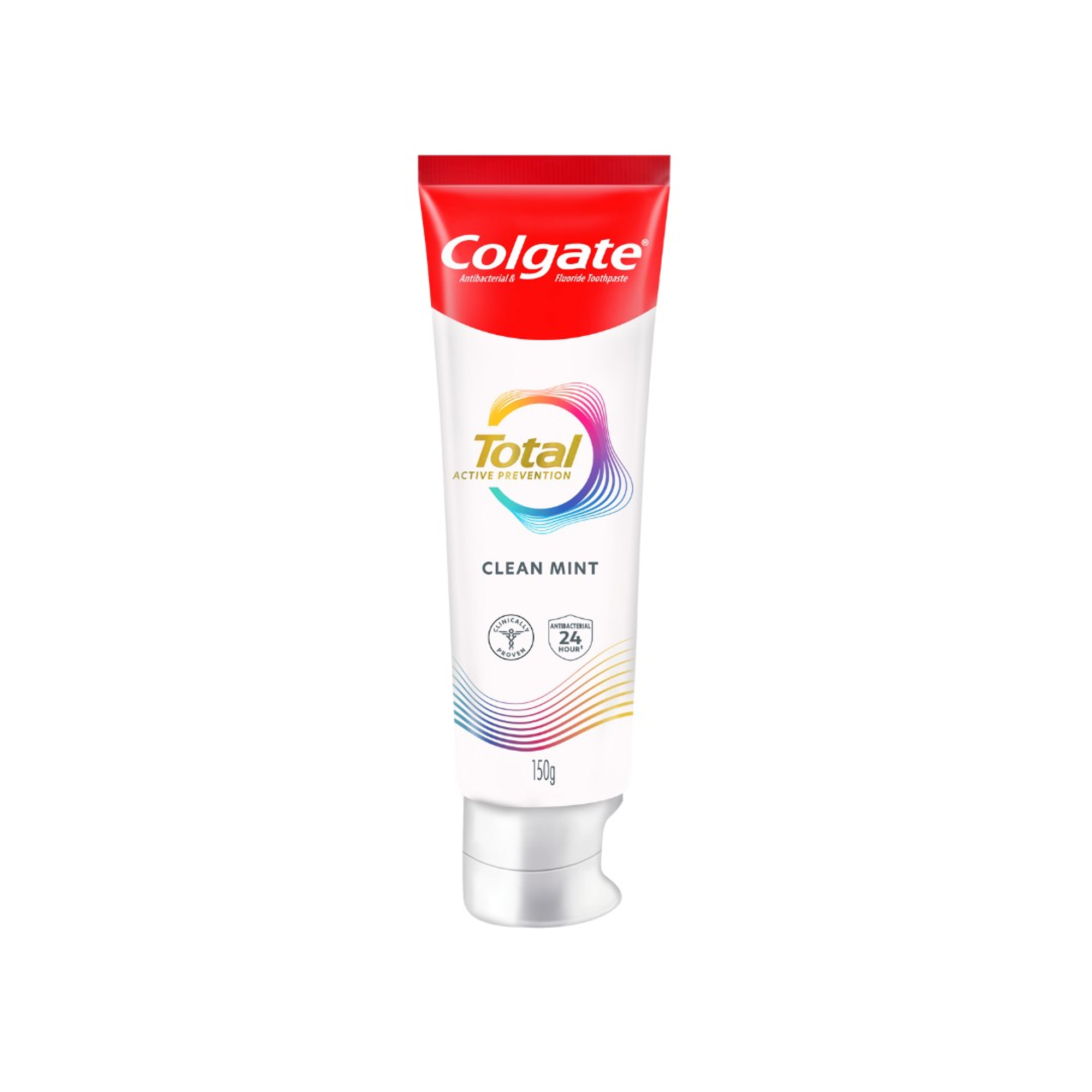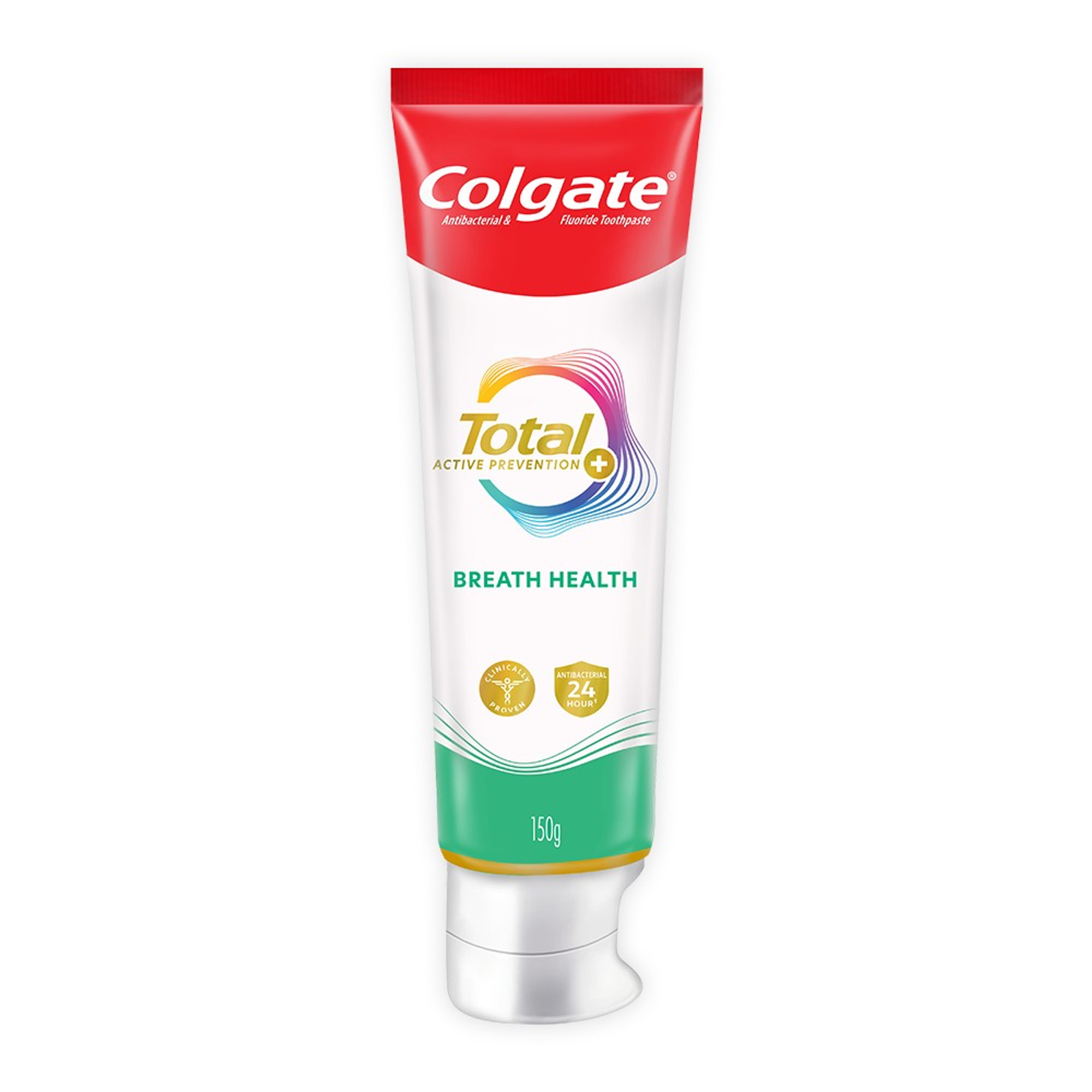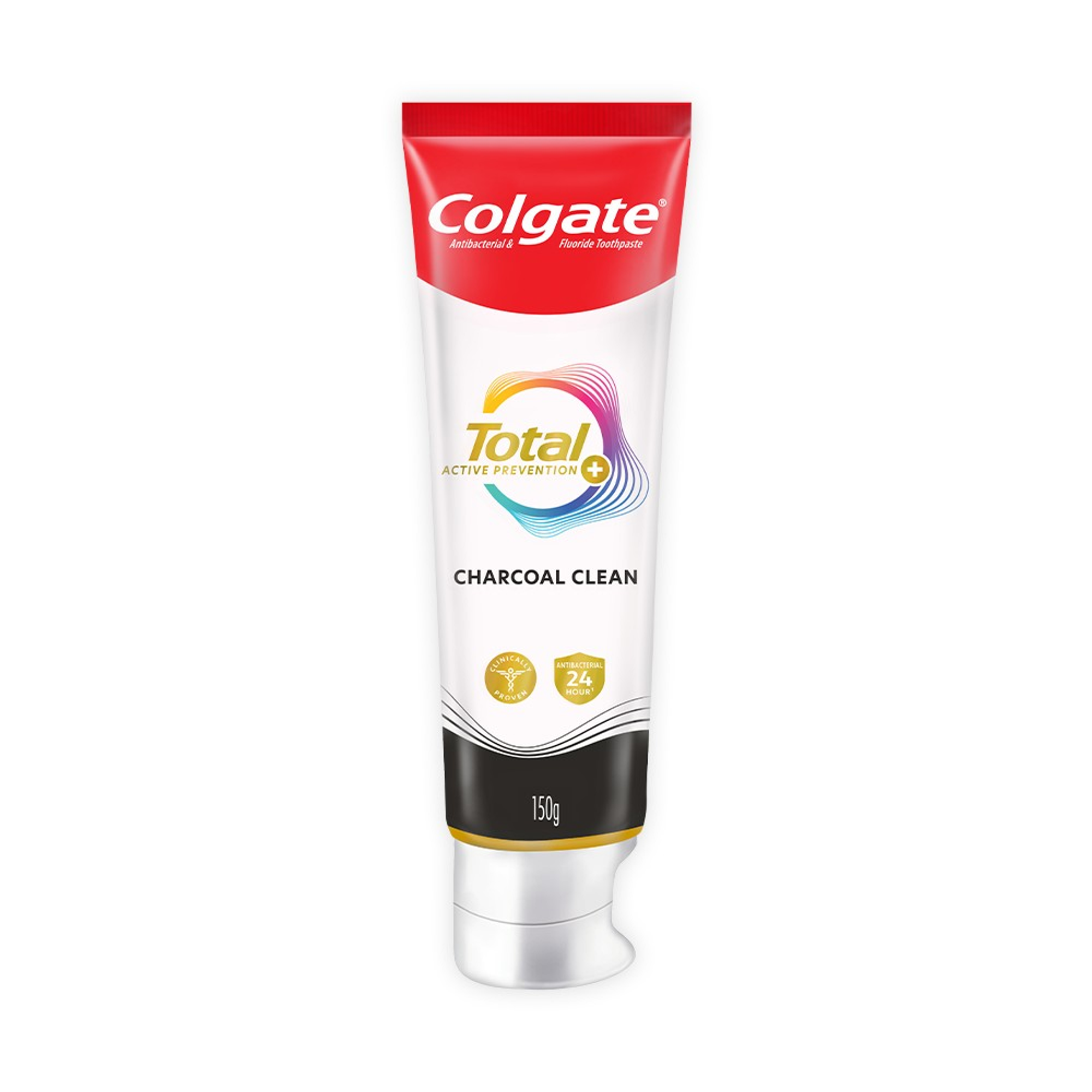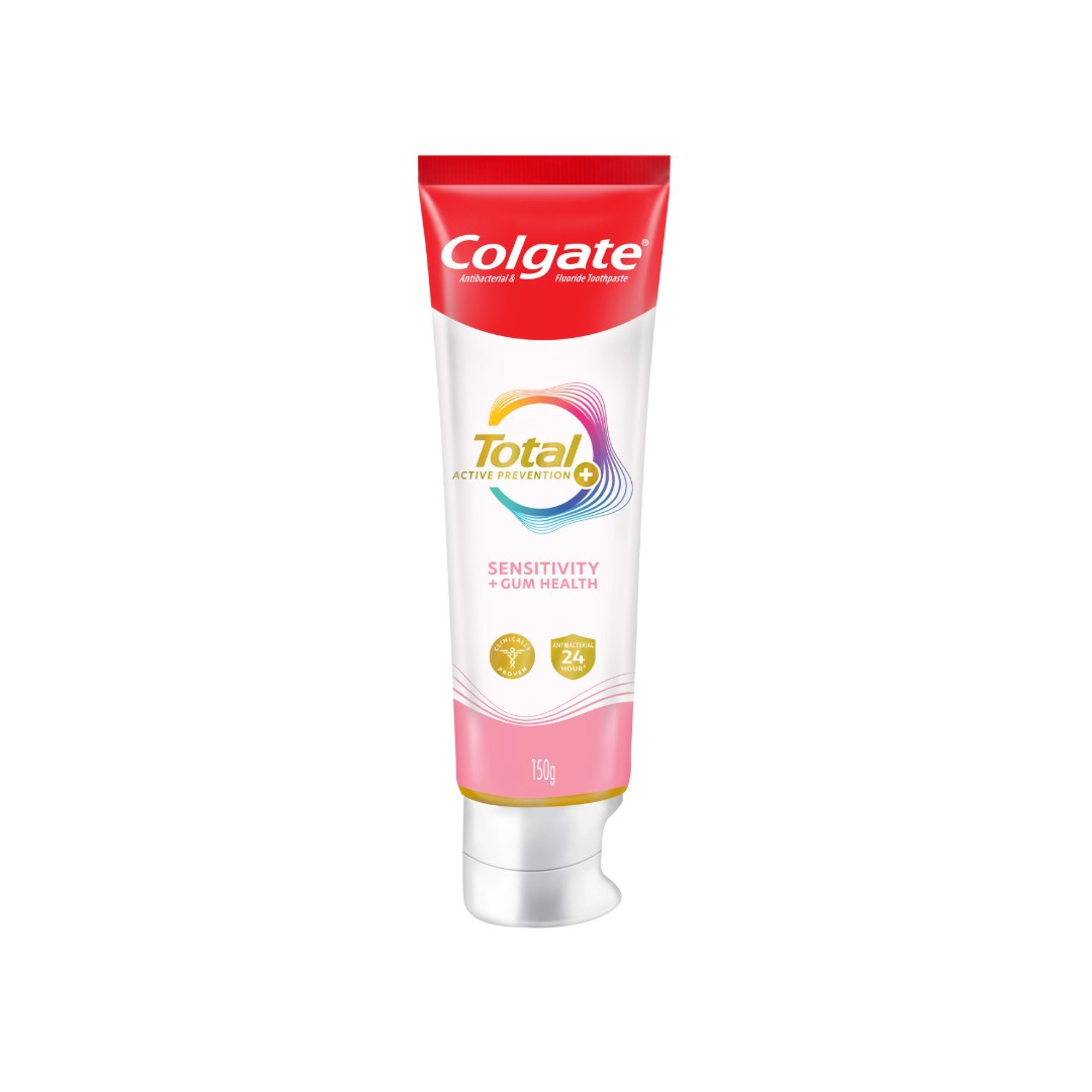-
-

ADULT ORTHODONTICS
Should You Use Mouthwash Before or After Brushing?Brushing and flossing are the foundation of a good oral hygiene routine, but mouthwash can also be a useful addition...

SELECTING DENTAL PRODUCTS
Soft Vs. Hard Toothbrush: Which One Should You Use?The toothbrush has come a long way. As the American Dental Association (ADA) notes...
-
Science & Innovation
- Oral Health and Dental Care | Colgate®
- Oral Health
- Bleeding Gums When Flossing: Should You Call Your Dentist?


What's The Most Common Cause For Bleeding Gums When Flossing?
The most likely cause for your bleeding gums is that bacteria has built up around your gumline and turned into plaque (a soft, sticky, colorless film), resulting in gingivitis.
Gingivitis is an early stage of gum disease. The word "disease" sounds scary, but according to findings published in the Journal of Dental Research, nearly half of adults over 30 in the US (47.1 percent to be exact) have some form of gum disease. That doesn't mean you shouldn't take gingivitis seriously, though. Left untreated, it can develop into periodontitis. This more severe form of gum disease can cause your teeth to loosen or even fall out.
But don't worry, gum disease can be reversed, and we'll tell you how.
Learn more about gingivitis.
What Are Other Reasons Gums Bleed When Flossing?
Gingivitis may be the most common cause of bleeding gums, but it's not the only cause. Some other reasons to consider include:
- If you just started flossing
This should clear up in about a week, and if it persists, you may have gingivitis. - The use of blood-thinning medications
If you're taking blood-thinning medications, this could also cause bleeding in your gums. Speak with your medical professional to determine if this is the case and see if any changes are recommended. - Taking new medications
If your bleeding gums start around the same time you begin taking a new medication, then you may want to talk to your physician to determine if the medication may be the cause. - Pregnancy
If you're pregnant, hormonal changes may be increasing your sensitivity to plaque, and you may have pregnancy gingivitis. Practicing good oral hygiene and seeing your dental professional regularly while pregnant can help prevent pregnancy gingivitis.
What Should You Do When Your Gums Bleed?
The American Dental Association recommends visiting your dental professional if your gums bleed regularly or if it concerns you. If your dental professional diagnoses you with gum disease early, a professional cleaning and proper oral hygiene can reverse its effects. If you have gum disease that advances to a more severe state, your dental professional may recommend scaling and root planing.
Learn more about scaling and root planing.
In most cases, the best way to prevent bleeding gums is to practice good oral hygiene. Be sure to brush at least twice a day, don't forget to brush your tongue, and keep flossing or using an interdental brush or oral irrigator to clean between your teeth. Consider using other helpful products like an antimicrobial mouthrinse and tongue scrapers. And be sure to see your dental professional for regular appointments whether your gums are bleeding or not. Together, you and your dental professional will be able to discuss the best options for your individual needs, and you'll be able to feel great about a future of oral health that makes you smile.
Related Articles

If you notice anything strange in your mouth, such as a gum boil or a bump that looks like a pimple, it's a good idea to have it checked out by a dentist.
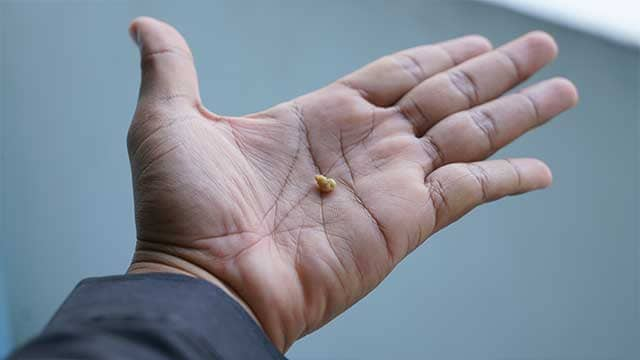
Tonsil stones, clinically called tonsilloliths, are small, white discharges that form in the crevices of the tonsils. They are typically found on the surfaces of the pharyngeal tonsils on either side at the back of the throat. They can be as small as a grain of rice or as large as a pea. They are quite common and usually harmless, but they may spark alarm in patients when noticed for the first time.

Related Products

Helping dental professionals
More professionals across the world trust Colgate. Find resources, products, and information to give your patients a healthier future




